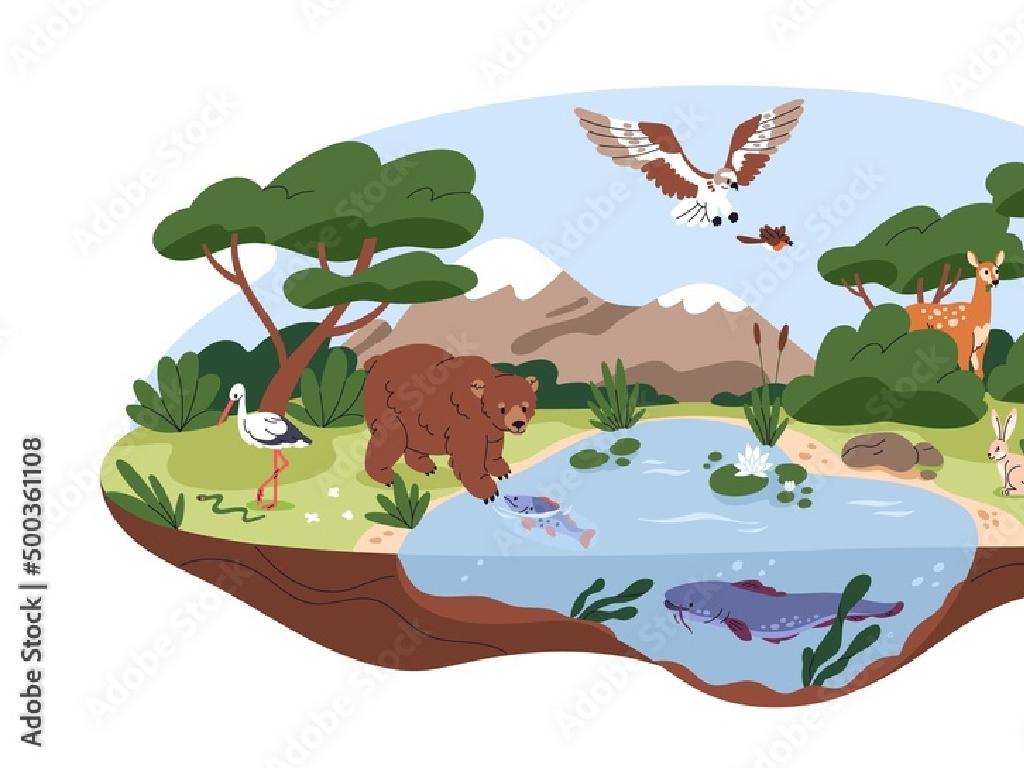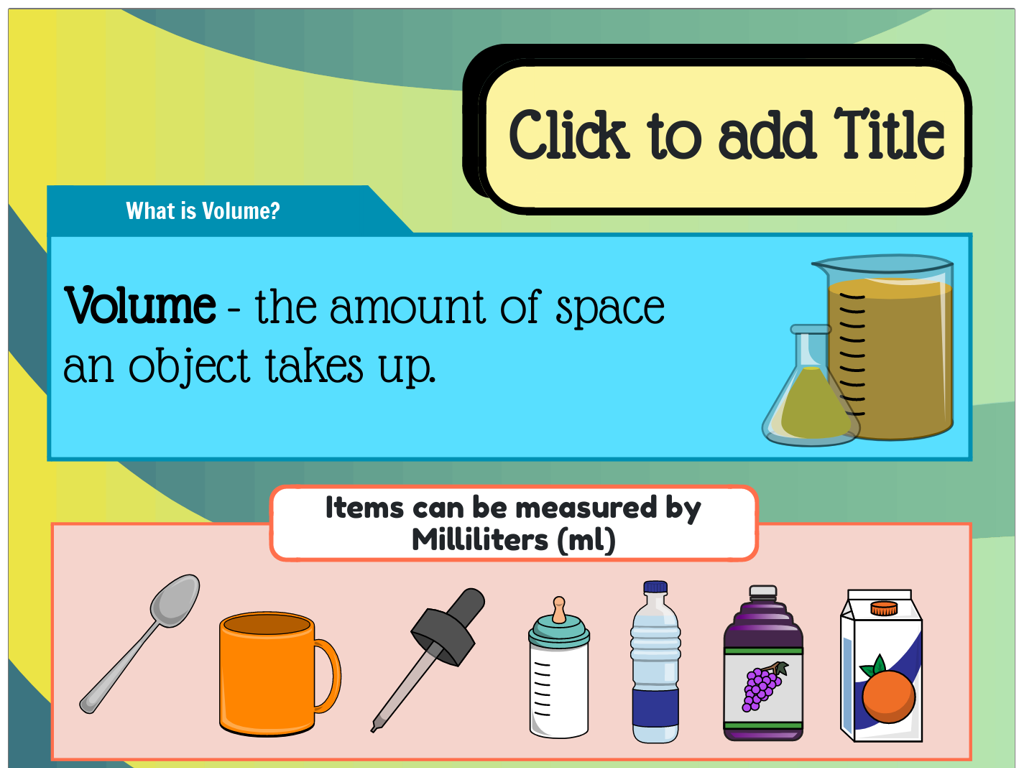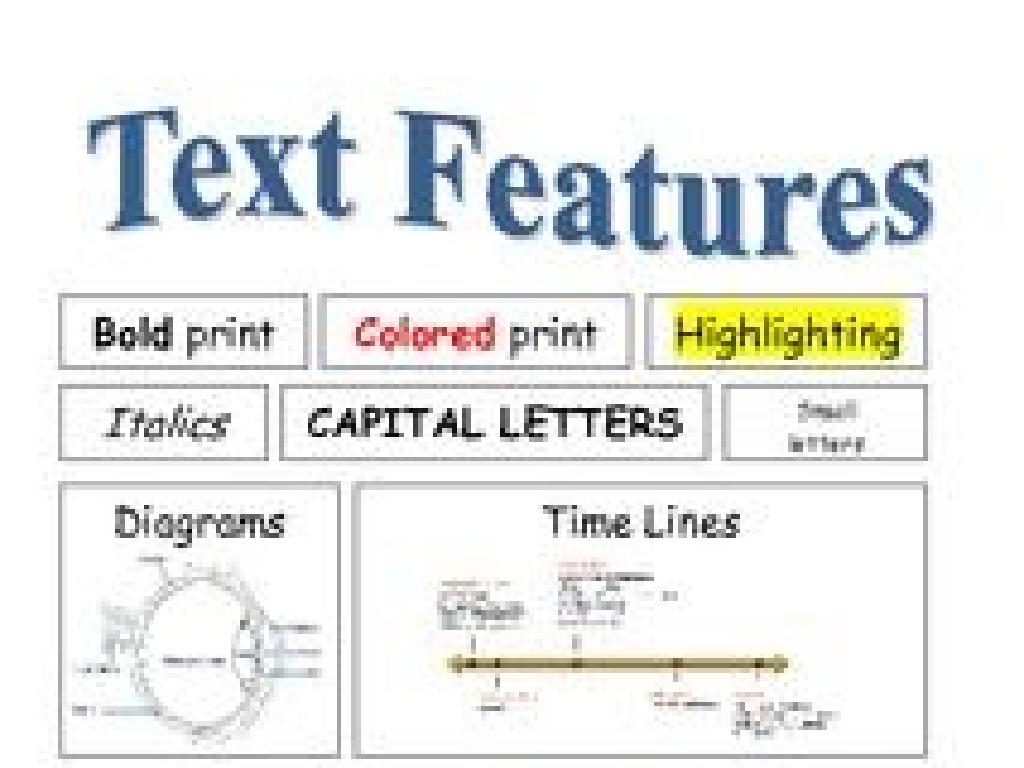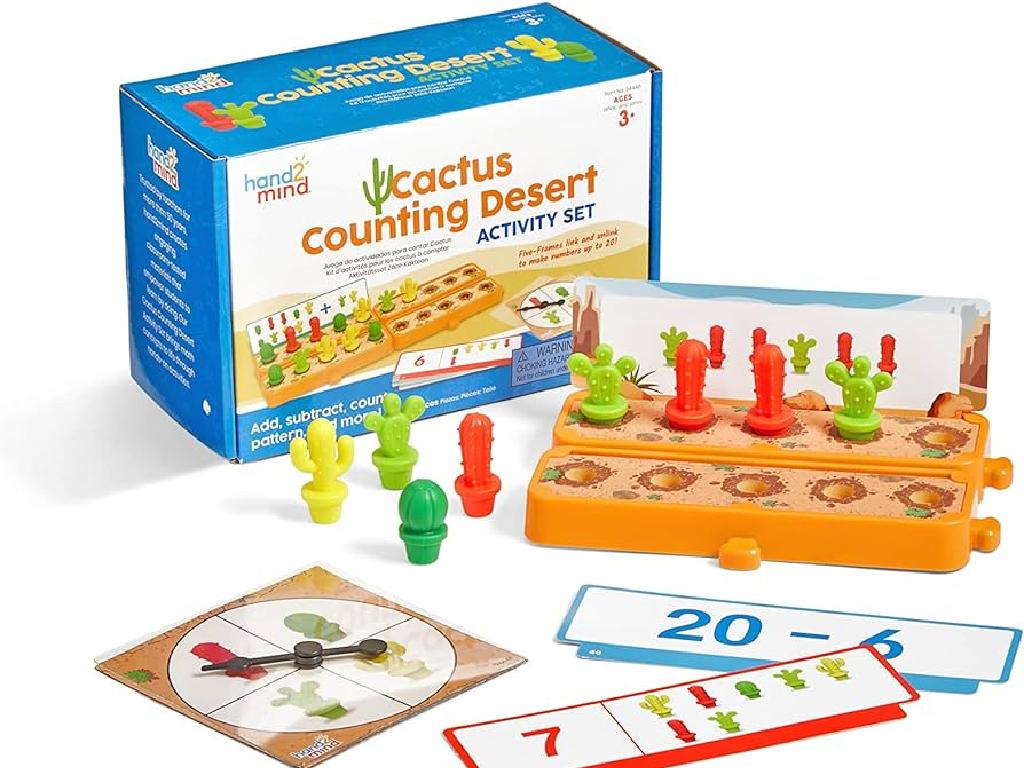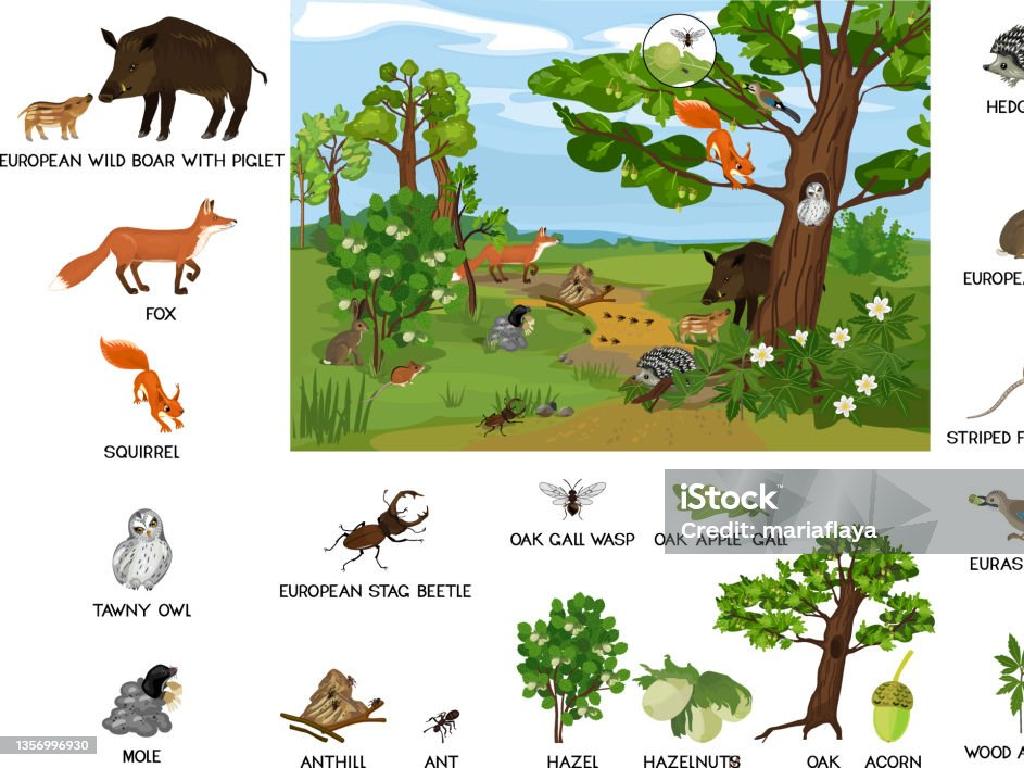Identify And Select Countries Of Europe: Region 2
Subject: Social studies
Grade: Seventh grade
Topic: Europe: Geography
Please LOG IN to download the presentation. Access is available to registered users only.
View More Content
Exploring Europe: Region 2
– Europe’s diverse geography
– Europe has a variety of landscapes, climates, and cultures.
– The concept of regions
– Regions help categorize areas with similar characteristics.
– Countries in Europe: Region 2
– Region 2 includes countries like France, Germany, and Italy.
– Significance of regional study
– Understanding regions aids in grasping Europe’s complexity.
|
This slide introduces students to the geographical diversity of Europe and the concept of dividing it into regions for easier study. Region 2, which includes some of the most well-known European countries, serves as a focal point for this lesson. Students should understand that regions are not just about location but also involve cultural, economic, and political similarities. Highlight the importance of recognizing these regional characteristics to appreciate the intricate tapestry that makes up Europe’s identity. Encourage students to research these countries further to understand their unique contributions to the continent’s geography and culture.
Exploring Europe: Region 2
– Identify Region 2 countries
– Countries like Italy, Switzerland, and Austria
– Discuss geographical locations
– Locate each country on a map of Europe
– Highlight borders
– Examine the boundaries of each country
– Understand neighboring countries
– Learn which countries share borders
|
This slide aims to help students identify and understand the countries that make up Europe’s Region 2. Start by showing a map of Europe and pointing out Region 2. Discuss the geographical location of each country within this region, such as Italy’s location extending into the Mediterranean Sea, Switzerland’s landlocked position, and Austria’s central location. Highlight the borders of these countries and discuss their neighboring countries, emphasizing how geography can influence culture, economy, and relationships between nations. Encourage students to think about how being landlocked or having coastal access might affect a country’s development. This will set the stage for a deeper exploration of the political, cultural, and economic aspects of these countries in subsequent lessons.
Physical Geography of Europe: Region 2
– Major mountains, rivers, and lakes
– Explore the Alps, Danube River, and Lake Geneva
– Climate and natural resources
– Temperate climate, forests, and mineral wealth
– Geography’s impact on life
– Farming, settlement patterns, and trade routes
– Discuss how terrain shapes culture
– How mountains/rivers influence traditions and jobs
|
This slide aims to explore the physical geography of Europe’s Region 2, which includes features like the Alps, the Danube River, and Lake Geneva. Highlight the temperate climate and the abundance of natural resources such as forests and minerals. Discuss how these physical characteristics influence the daily lives of people, including their farming practices, where they choose to live, and how they trade. Emphasize the connection between the physical landscape and cultural aspects such as traditions, occupations, and historical development. Encourage students to think about how living near a major river or mountain range might affect their own lives and communities.
Cultural Overview of Europe: Region 2
– Predominant languages in Region 2
– Explore languages like French, German, Italian
– Key cultural practices
– Festivals, cuisine, and art forms
– Historical influences on culture
– Wars, treaties, and unions shaping society
– Understanding cultural impact
|
This slide aims to give students a snapshot of the rich cultural tapestry of Europe’s Region 2. Start by discussing the languages spoken in this region, highlighting how language diversity is a reflection of cultural diversity. Move on to describe some of the unique cultural practices and traditions, such as local festivals, culinary specialties, and artistic contributions. Then, delve into a brief history of the region, discussing key historical events that have shaped the current cultural landscape. Emphasize the impact of history on cultural development. Encourage students to think about how the region’s culture affects daily life and international relations. This will help students appreciate the complexity and beauty of cultural identity in this part of Europe.
Economic Activities in Europe: Region 2
– Main industries and agriculture
– Explore key sectors like manufacturing, services, and farming
– Intra-European and global trade
– Examine trade agreements and partnerships
– Geography’s impact on economy
– Analyze how mountains, rivers, and climate affect trade and industry
– Case study: A Region 2 country
– Example: Germany’s car industry and its global export
|
This slide aims to provide an overview of the economic activities in Europe’s Region 2, focusing on the main industries such as manufacturing and services, as well as agriculture. Emphasize the importance of trade both within Europe and internationally, highlighting how trade agreements and partnerships facilitate economic growth. Discuss how geographical features like rivers and mountain ranges can influence economic development, including transportation and resource availability. Use a case study of a specific country in Region 2, such as Germany, to illustrate these points, discussing how its car industry has become a significant part of its economy and a major global export. Encourage students to think about how the geography of their own region might influence economic activities.
Political Structure of Europe: Region 2
– Types of government in Region 2
– Explore parliamentary and presidential systems in countries like France and Switzerland.
– European Union’s role
– EU promotes economic cooperation and policies among member states.
– Evolving political boundaries
– Historical events have shaped current borders, e.g., the fall of the Berlin Wall.
– Impact on citizens and policies
|
This slide aims to provide an overview of the political landscape in Europe’s Region 2. Discuss the various forms of government found in this region, such as the parliamentary system in France and the unique directorial system in Switzerland. Highlight the European Union’s influence on economic and political policies among its member countries. Explain how historical events, such as wars and treaties, have led to the current political boundaries and how these changes have affected the lives of citizens, including their governance and international relations. Encourage students to think about how living in different types of political systems might impact their daily lives and the laws they follow.
Map Labeling Activity: Europe’s Region 2
– Label Region 2 countries on a map
– Mark major physical features
– Include mountains, rivers, and other landforms
– Identify capitals of Region 2
– Capital cities are key to understanding a country’s geography
– Collaborate and discuss in pairs
|
This class activity is designed to help students learn about the countries in Europe’s Region 2 through an interactive map labeling exercise. Provide students with blank maps and have them work in pairs to label each country, its major physical features, and capitals. Encourage them to discuss and collaborate as they work, which will enhance their learning experience. As a teacher, walk around the classroom to assist and engage with the pairs, offering insights or corrections as needed. This activity not only reinforces geographic knowledge but also promotes teamwork and communication skills. Possible variations of the activity could include using digital maps, creating a competition, or having students present interesting facts about each country they label.
Conclusion & Reflection: Exploring Europe
– Recap today’s key geography points
– Open floor for questions
– Share an interesting European fact
– Maybe a unique cultural practice or a historical tidbit
– Reflect on today’s learning
– Think about how geography shapes countries
|
As we wrap up today’s lesson on the geography of Europe, take a moment to go over the main points we’ve discussed. This is a chance to ensure students have grasped the key concepts, such as the location and characteristics of European countries in region 2. Encourage students to ask any lingering questions they might have, fostering an environment of curiosity and discussion. Then, ask each student to share one new fact they found intriguing about Europe, which can help reinforce their learning and make the lesson more memorable. Finally, prompt them to reflect on how geography influences the cultural and historical aspects of different countries. This reflection can deepen their understanding of the interconnectedness of geography and society.

